
24" Striped Design Acrylic Bong - (GS1166)

6 x 24" Plain Design Large Acrylic Bong -FA-B (GS0672)

14" Pumpkin Design Acrylic Bong - FA20 (GS2072)

14" Leaf Print Acrylic Bong - FAP-03 (GS2073)
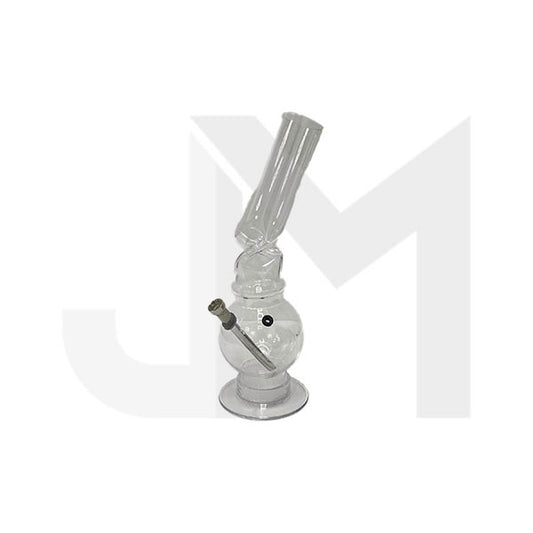
14" Mix Colours Twist Design Acrylic Bong - (GS1979)

24" Mix Colour Leaf Print Acrylic Bong - FA-B LEAF (GS0443)

14" Mix Colour Graffiti Design Acrylic Bong - FAY (GS0212)

14" Leaf Print Skull Design Acrylic Bong - FAP-15 (GS2075)

14" Carbon Fibre Print Acrylic Bong - FPY No.2 (GS2071)
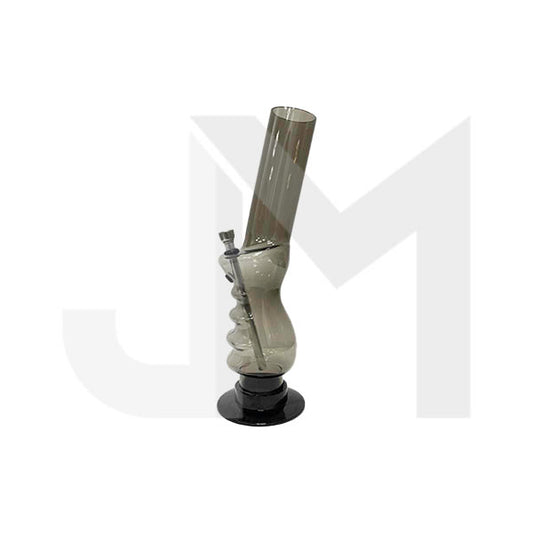
14" Mix Colours Acrylic Bong - FA-07 (GS2482)

12" Mix Plain Print Acrylic Bong - FP01-4 (GS0685)

14" Mixed Three Tone Colour Acrylic Bong - FA-01C (GS0245)

16" Percolator Glass Bong Mixed Colour - GS1535 - GB100

18" Large Percolator Glass Bong Leaf Mixed Designs -GS1534 - GB98

14" Large Percolator Glass Bong Leaf Mixed Designs - GS1449 - GB93

10 x 8" Striped Glass Bong - GB81

4 x 12" Circle Splat Designed Glass Bong - GWP1 - GS1446

18" Large Percolator Glass Bong Mixed Designs -BG009 - GS1167

14" Large Glass Bong Mixed Colours -BG008 - GS1196

420 Graphic Glass Bong Set 14"+ 50mm 4Part Grinder + Stash Jar- OSH114 - GS1194

14" Large Percolator Glass Bong Mixed Designs -BG007 - GS1195

ACE Cup - Automatic Concentrate Extractor

8 x 12" Handicrafted Glass Bong - GWP-12(GS0914)

14" Large Percolator Glass Bong - GWP-14'' (GS0908)

14" Large Percolator Beaker Base Glass Bong - GB002

18" The Smoke Island Multi Chamber Glass Bong - GBS996

16" Large Cannabis Leaf Design Glass Bong - GB-89

12" Small Leaf Glass Bong Mix Designs - GB-37

18" Amsterdam Green Leaves Designs Glass Bong - GB6

14" Bubble Shaped Acrylic Bong - FP-P
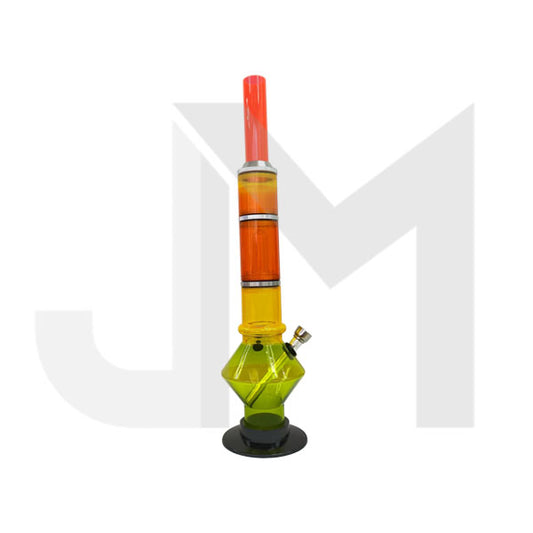
14" Rasta Acrylic Bong - WB-08C

Weed Game Acrylic Mask Bong - GS1151 (WG-011)

12" Large Leaf Designed Glass Bong - GB-85

8" True Design Glass Bong - GHP-555A
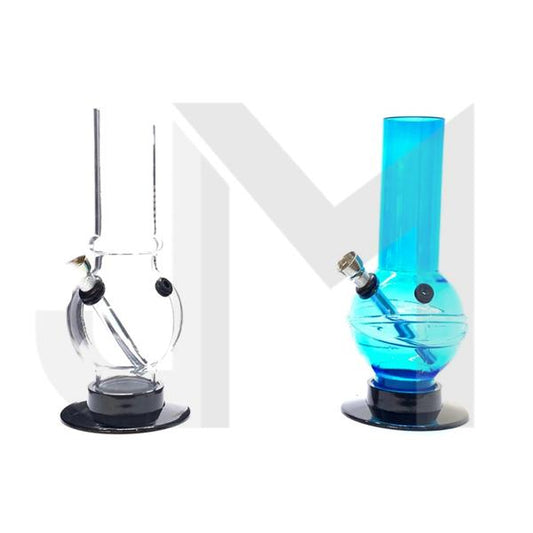
8" Mixed Colour Plain Acrylic Bong - FB 0239

16" Rasta Leaf Percolator Glass Bong Mix Designs GB-79
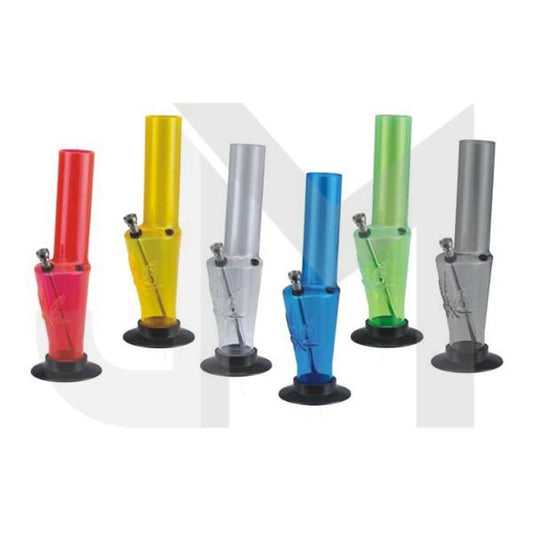
14'' Design Acrylic Mixed Colour Bong - FA

10 x Ceramic Oil Dabbing Nail - P51

6 x 16" Glowing Leaf Glass Bong - GB9

6 x 4Smoke 14" Leaf Design Glass Bong - GB66 / GB67
The idea of a bong is to use water to cool and filter the smoke you inhale. You inhale using the bong's mouthpiece to draw the smoke through the water and then out into your mouth and lungs. This creates a much smoother experience than when you simply inhale directly, as one might do from a pipe.
There are five main materials from which bongs are made. These are glass, plastic (usually acrylic), ceramic, bamboo (or other wood) and metal.
There are an infinite number of shapes in which bongs can be created, and eight basic designs.
Other much rarer models are the bucket gravity bong and the waterfall gravity bong.
If your customer intends to buy their bong they may find the choice available overwhelming. You can help them by explaining the different materials, shapes and functions. If they tell you they are experienced bong users you can direct them towards the more sophisticated glass models, otherwise, you could recommend cheaper options to help them get a feel for the practice.
Although there may be some issues of taste impairment with acrylic bongs they are among the cheapest and easiest to clean so will probably suit a beginner. Perhaps suggest trying one with the simplest mechanism to start with.
No. You should know if you are planning to sell our wholesale bongs, UK customers are in a slightly different position from those in some other countries as there are nominal restrictions on their sale and purchase. However, provided that it is your belief that the apparatus is not intended for use with illegal substances, they are perfectly legal to sell and to buy.
Commercially produced bongs vary in their methods of production. Glass bongs are usually made by glass-blowing. Ceramic bongs are created using very much the same techniques as other pottery. Other types of bongs are usually heat-shaped. Homemade bongs can be made by adding a bowl and stem to any air- and water-tight container.
The bong gets its name from the Thai word bong or baung which describes a cylindrical pipe, tube or container made from bamboo.
Bongs offer several advantages over other smoking methods, making them a popular choice among smokers. One of the primary benefits is the water filtration system, which cools the smoke, resulting in a smoother and less harsh inhalation. This makes bongs particularly appealing to those who may find direct smoking methods, such as pipes or joints, too harsh on the throat and lungs. Additionally, the filtration process can remove some impurities and debris from the smoke, offering a cleaner experience. Bongs also allow for larger, more concentrated hits, which can be an advantage for experienced smokers. The variety of materials, shapes, and customisation options available in bongs further adds to their appeal, ensuring there is a suitable choice for every preference and budget.
Proper maintenance and cleaning of a bong are essential to ensure its longevity and preserve the quality of your smoking experience. After each use, it’s recommended to empty the bong and rinse it with warm water to prevent residue buildup. For a deeper clean, use a mixture of isopropyl alcohol and coarse salt to scrub the interior surfaces. This combination effectively removes stubborn tar and resin deposits. For glass bongs, using soft brushes or pipe cleaners can help clean delicate areas without causing damage. Avoid abrasive materials that could scratch the surface. Silicone bongs can often be cleaned by boiling them in water for a few minutes. Regular cleaning not only extends the life of the bong but also ensures a consistently enjoyable and hygienic smoking session.